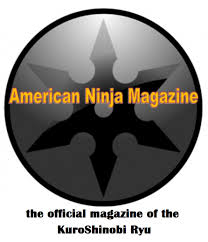Definition: Neo-Ninja/ Neo-Ninjutsu:
A 20th-century revival of interest in the culture of the shinobi/ninja of Japan.
Neo-Ninja’s have no direct, genuine or provable lineage to Japanese ninjutsu, but practice according to those philosophies. Neo-Ninjutsu is not so much a martial art as it is a philosophy of practice surrounding the “art of stealth” and the philosophy of the ancient shinobi.
Neo-Ninjutsu organizations cover a wide spectrum of belief and ideals regarding their training.
Being a Neo-Ninja does not make their training any less or more authentic then those who believe they are of “authentic Ninja lineage”
Ninjutsu (Way of the Ninja or Ninja Way) is often translated to “the art of stealth” or “the art of invisibility”; ninjutsu can also mean "the skill of going unperceived". Ninjutsu is not a martial art system, as it is most commonly mis‐portrayed. Ninjutsu is a separate and self‐sufficient art of warfare.
In the Sengoku period, they were referred to by a variety of names, but not "Ninja". "Ninja" is an Edo period term. The two characters, "Nin" and "Ja" are the same characaters as "Shinobi" and "mono". One of the original terms was "Shinobo no mono"--literally, person of stealth. Prior to the Edo period, the word "Ninja" was not used. Shinobi, or Shinobi no mono, was one term. "Kusa" was a very common term also, used to denote stealthy scouts.
Some have “created” new systems based off the historical evidence of ninjutsu, in turn employing a system that meets a modern world; these are typically referred to as neo‐ninja’s or neo‐ninjutsu.
Remember, ninjutsu is not so much one particular approach to martial arts, but a collection of fundamental survivalist techniques that came out of necessity in a politically volatile Japan; now modified for today's practitioners. Knowing this, it is reasonable to see similarity between systems as well as the uniqueness that each system portrays. Remember there is no one definition of what a ninjutsu system must include; there is no governing ninjutsu body. Only the ethics and principals of each system determine the authenticity of that system.
KuroShinobi Ryu Shinobi-do is Neo-Ninjutsu.
Today’s modern ninja schools claiming real ninja lineage to date have been unable to provide satisfactory proof of their claims and some have produced no proof at all related to historic evidence of said claims. At best these schools reflect what can be found in legitimate, ancient ninjutsu scrolls, but these are in reality neo-ninja. Reality is that there are no traditional (historical) ninja schools left. What is left today are schools trying to teach what is essentially a dead historical tradition- we are all neo-ninjutsu. If you are confident that you are ninja, that your school is not neo-ninja but true ninja, we suggest you contact the Historical Ninjutsu Research Team (not affiliated with KSR).
It is not the aim of KSR to prove or disprove any ninjutsu school or lineage. We know what we are and openly admit neo-ninjutsu.

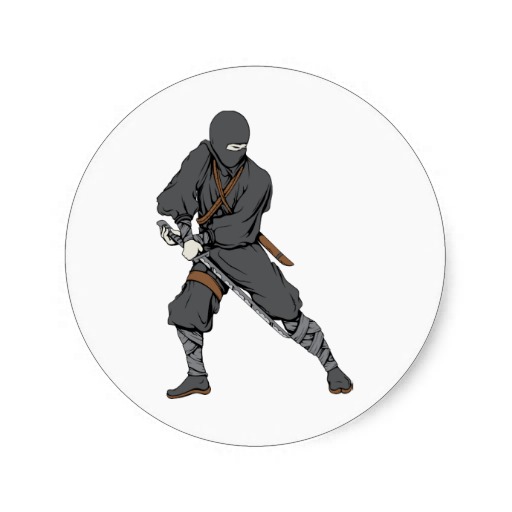
ABOUT US
We are a study-group of American Ninjutsu: Shinobi-do under the organization of the KuroShinobi Ryu.
We are members of the KuroShinobi Ryu brought together by our common interest in the art of shinobijutsu. We come from many different martial arts backgrounds but no previous experience is required.
We meet for regularly scheduled training sessions each month and attended KSR sponsored and suggested seminars to supplement our training. Testing for rank is done through the KSR main Hombu.
The KuroShinobi Ryu is an international organization for teaching the essence of ancient martial traditions associated with the ninja.
SHINOBI-DO
Shinobi-do includes martial arts training and military war sciences. Shinobi-do as taught by the KuroShinobi Ryu is not a particular style of martial arts. It is a Martial Science, or even more correct a Military Science that embodies the ideology of the shadow warrior.
Military science serves to identify the strategic, political, economic, psychological, social, operational, technological, and tactical elements necessary to sustain relative advantage of military force; and to increase the likelihood and favorable outcomes of victory in peace or during a war. Military scientists include theorists, researchers, experimental scientists, applied scientists, designers, engineers, test technicians, and other military personnel.
Military personnel obtain weapons, equipment and training to achieve specific strategic goals. Military science is also used to establish enemy capability as part of technical intelligence.
Martial Science is not a “style” or “system,” not of any specific nationality, not of any location or origin. The principles of Martial Science are universal and found throughout nature. On a more philosophical level, transcending the specific context of combat and self-defense, Martial Science ultimately is the universal link that integrates mind-body mastery with the attainment of total human peak performance and character leadership.
OUR TRADITIONS
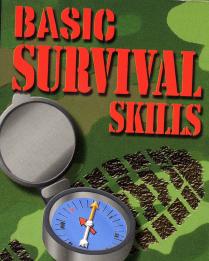
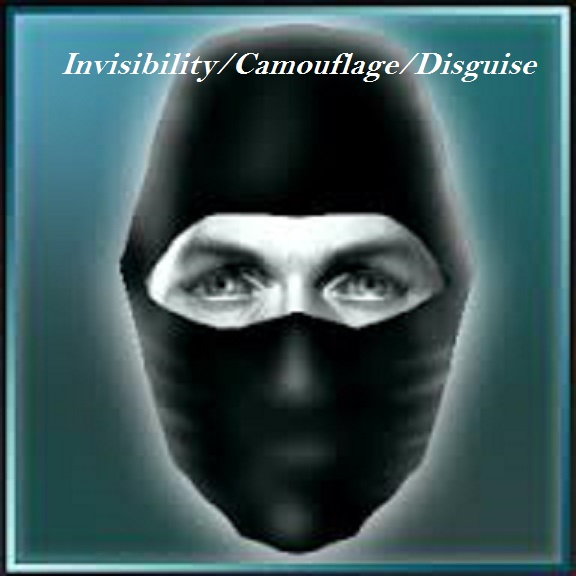

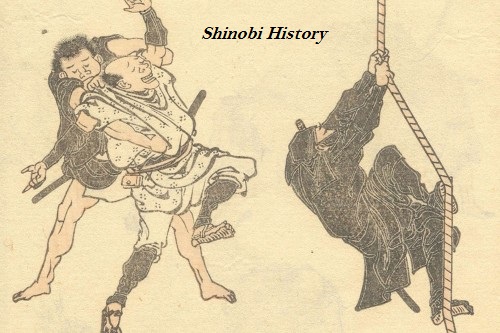
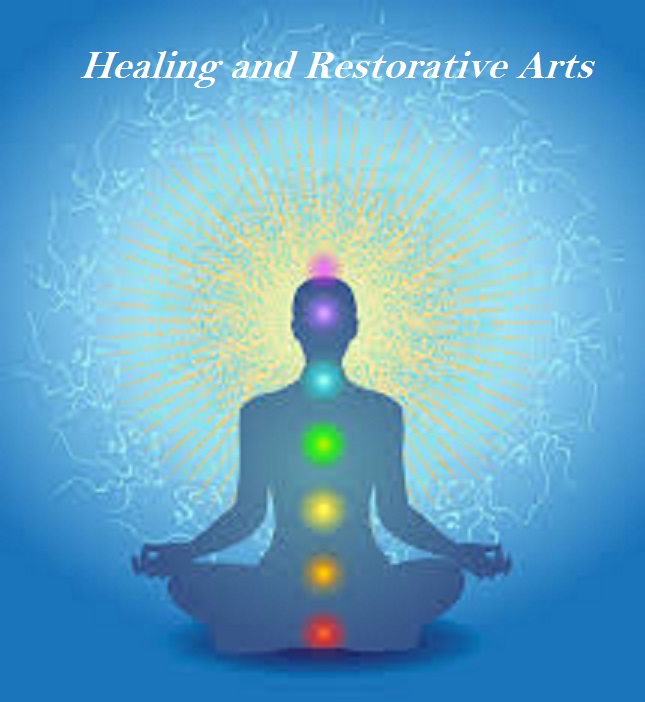
Mizu Tama Study Group Dress Code
_______________________________________
Dojo Training Uniform- All Black Gi with approved patches only, Obi (Tabi Boots Optional).
Outdoor Training Uniform- Woodland Camo top and bottoms, KSR cap, military style work boots, bug-out bag.
Seminar Uniform- Complete Black Gi top and bottoms with KSR patch over heart with school patch under KSR patch, and American Flag on left shoulder, Obi, Tabi Boots.
Professor Chris Bashaw- Chief KSR Jonin/MTD instructor
Christopher holds black belt ranking in multiple martial arts systems. He was awarded his Hachidan (8th degree black belt) from the World Martial Arts Hall of Fame in Cleveland, Ohio in 2006. In January 2007 Christopher was inducted into Action Magazine Martial Arts Hall of Fame. And in June of 2008 Bashaw was inducted into the World Karate Union. Christopher has been a Registered Nurse for over 3 decades, including pediatrics, military, psychiatric, pain care, recovery room, occupational health, drug and alcohol recovery, insurance case management, and rehabilitation. And over the last 30 years he has become certified as a Reiki Master/Teacher, developing his own system, Kokoro Ryu Reiki System of Natural Healing, and given permission in his lineage by Laura Grant, RMT to proceed with that system; Christopher is also the founder of Shugendo Yoga ©, a spiritual, gentle healing form of yoga. He has taken vows as a Buddhist Priest as well as a professed Franciscan Friar. He holds a Doctorate in Divinity as well as a PhD/MA and the title of Professor presented to him by the World Martial Arts hall of Fame. He incorporates western herbalism, internal and external Chi Kung healing, and Shamanism into his practice and teachings of KSR. He developed Koshonic Body Stress Release © and is now teaching it privately to select students who are opening their own successful practices. Bashaw is also a renowned psychic and medical intuitive.
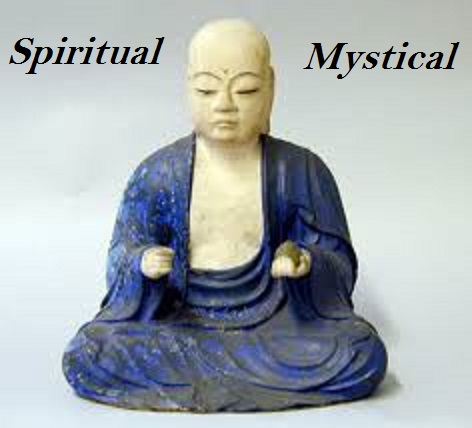
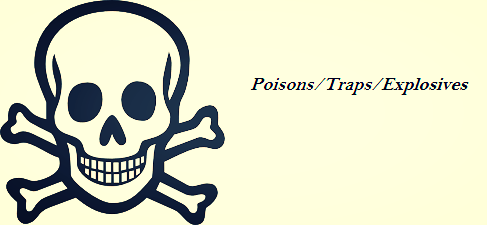

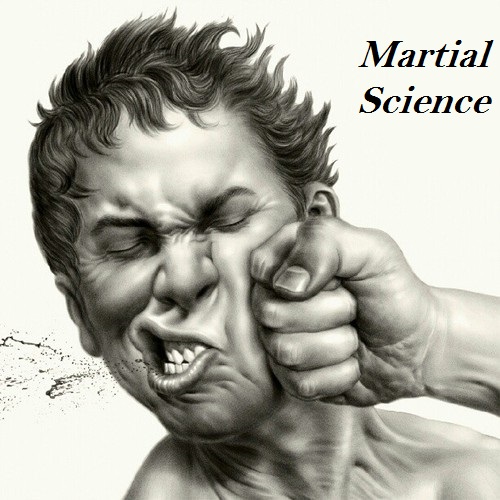
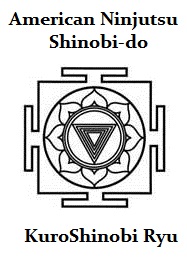
KuroShinobi Ryu- Shinobi-do
Genin: Self Defense Foundations for the Beginning Ninja
Authored by Dr Pat Mitchell PhD
Mandatory for all members of the study group.
2015 Training Dates and Location (NH Seacoast Region) TBA
ALL MTD KSR members are required to keep and maintain a personal study notebook.
It is an excellent idea to have a notebook or journal of your martial arts, and to routinely add to it. It is a personal source to reference your studies.
A notebook can be any 3-ring binder, new or used. However, this should now only be used for your martial arts.
Notebooks should include the following:
-Dated entries: have a documented timeline
-Arrange and categorize the notebook so it is organized
-A journal of important class topics and discussions, class handouts
-Katas, Drills, and techniques learned
Practicing at home is also very important. When you practice at home, you will show noticeable improvements in your skills. A well written notebook gives you a valuable source of reference on which to draw upon.

